There are several branding options available to you and many of these are dictated by your artwork. If you would like to understand which branding options will best suit your packaging please send a copy of your logo to artwork@thepackagingexperts.co.uk with the subject line branding options and we will come back to you with what will best suit your requirement and budget.
Please see below a few visual representations of some of the options available to you.
Printed Sheets
Lithographic (“litho”) or digital printing is generally accepted as the most cost effective way of producing full colour printed sheets. For mounting paper onto board or corrugated we would always recommend adding a film lamination to avoid cracking on the folds or creases.
Historically digital print hasn’t been ‘good enough’ compared to litho but the quality has improved over recent years and the issues of ‘image shift’ have all but disappeared. Digital manufacturing is still best suited to smaller sheet sizes and low volume runs but if you are happy for us to recommend what suits your requirement best please ask!
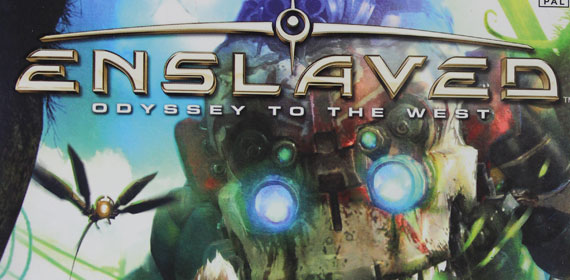
Foil Blocking
Foil blocking is the process of applying metallic or ‘foil’ effects to a surface. It uses a metal die – like a stamp – onto which the design is chemically etched or crafted by hand from supplied artwork. Dies are made from various metals and can be either ‘flat’ (foil only) or ‘combination’ (foiling and embossing done in one pass).
The technique produces effects which are practically impossible to achieve using traditional ink printing. Foils are available in a variety of finishes, including gloss, matt and satin. Along with standard gold and silver, you can choose from many other metallic colours. Some foils do have restricted uses, so please check with us first.
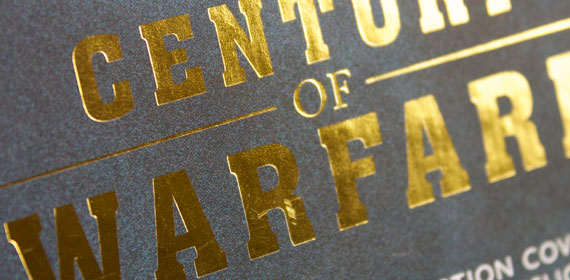
Embossing/Debossing
Embossing makes something stand out from the page. It impresses an image or text into a surface using an engraved metal die. This creates a raised impression. If the impression is to be sunk, it is known as ‘debossing’.
You might also have come across the terms ‘blind embossing’, which means that no foiling or printing is required, and ‘foil embossing’ where foil is used in the process.
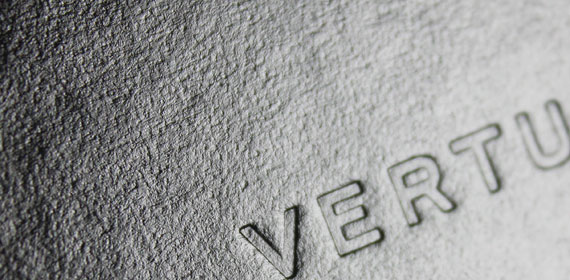
Spot UV
Spot UV can make areas of your design really stand out. You need to have planned for this with your designer in the early stages of the design process.
Although this is not done at the design stage, it is a print process applied right at the end after any required printing, but before a job is finished.
As soon as the ink is applied to the material, then the Spot UV is added on top.
Spot UV is normally added to a printed job along with a matt laminate, this is to further enhance the shininess of the Spot UV. If printing isn’t required you would normally add a Spot UV to a coated material like a Curious Skin. Spot UV isn’t very effective and can give poor results on uncoated materials.
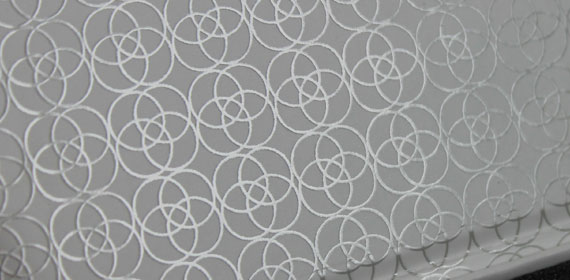
Thermography
Thermographic is a printing process which uses heat to produce raised characters using very thick ink dusted with powder and then heated to weld it to the paper.
The process hasn’t changed much since its invention. In essence, it involves taking the printed piece and, while the ink is wet, dusting the ink with a material which will stick to the ink. The dust is then heated to turn molten and, when dried, forms a raised area where the wet ink was.
Generally we would only recommend Thermography for branding in a single colour.
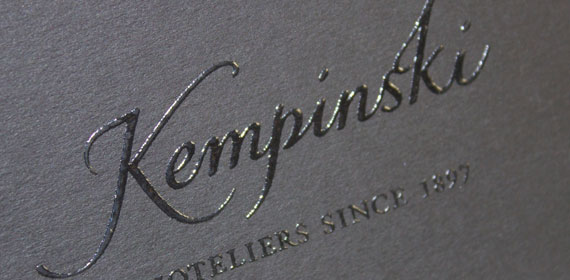
Screenprinting
Screen printing or silk screening is a printing technique particularly suited for flat or relatively flat surfaces. The heart of the process involves a fine mesh or screen that is tightly stretched around a rigid frame. The areas that are not to be printed are masked out on the screen, and to create the print, the framed screen is positioned over the item to be printed, along with a dollop of thick ink. A squeegee is then used to press the ink through the screen.
The masked areas prevent ink from passing through, but the unmasked areas allow the ink to be imprinted on the material. The item is then sent on a conveyor belt through a heat-tunnel. This curing process ensures that the inks dry quickly so that they materials can be stacked or packaged. Properly cured inks will remain on the printed substrate even under harsh conditions.
If more colours are desired in the final design, the process is repeated with different screens. A design that requires four different colours would, therefore, require four different screens. The screens are usually placed on a rotary press that allows the different colour prints to be properly aligned or registered with each other. Some screen-printers have fully automatic presses that do not require any manual labour other than set-up and loading/unloading.
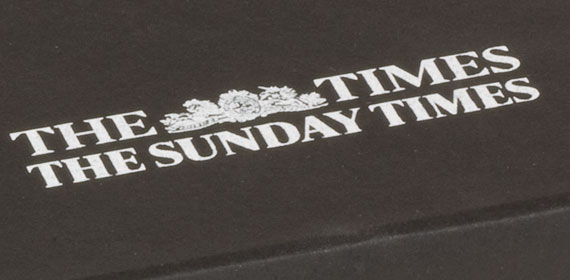
Flexographic (“Flexo”) Printing
Flexography, or flexo printing, is a type of rotary web letterpress. It is used for printing on almost any kind of substrate, and is widely utilised for various types of food packaging. Combining features of letterpress and rotogravure printing, flexo printing uses relief plates that are comprised of either flexible rubber or photopolymer plates.
The process employs inks which are low viscosity solvent, fast drying, UV curable or water-based, and are fed from a two roller inking system. These flexible plates are mounted onto a printing cylinder, and sometimes, to increase efficiency, large rolls of material are produced and then cut down using slitting machines.
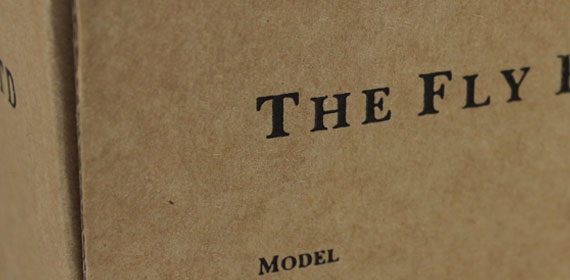
Almost any style of branding can be adapted to suit any style of packaging but as you would expect some are better suited to particular manufacturing methods and volume requirements.
Whether you require a formal branding consultation or simply some advice on how to achieve your packaging goals please get in touch, we would be happy to help. Contact us by email at info@thepackagingexperts.co.uk.
